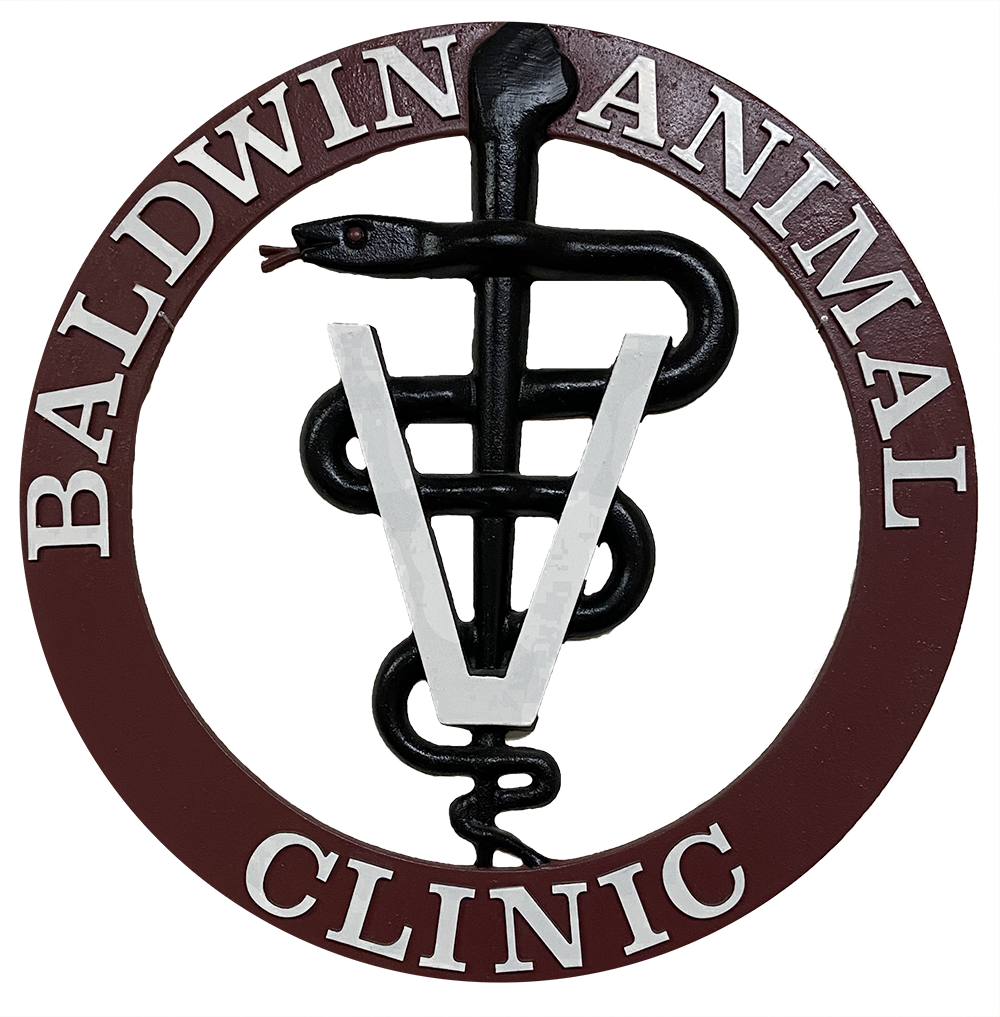Library
-
Pet owners may not realize that caffeine can be harmful to their pets. They also may not know that many foods and drinks in their cupboards contain caffeine. This particular chemical can be toxic for both cats and dogs.
-
Fond of children but fierce with trespassing backyard wildlife, adorably small and gigantically courageous, the Cairn Terrier can be hard to pin down.
-
These two conditions are the result of calcium being deposited within the skin. They are usually of minor significance in young dogs and cats but can indicate serious underlying diseases in older pets. This handout describes the different types of calcinosis circumscripta and cutis and associated causes, clinical signs, and treatments.
-
Calcitriol is used off label and is given by mouth or injection to treat low blood calcium levels associated with low parathyroid hormone, as well as chronic kidney disease, certain cancers, and certain skin diseases. Side effects are uncommon if the dose is appropriate.
-
Calcium acetate is given off label and by mouth to treat elevated blood phosphorus levels, especially due to kidney disease. Side effects may include nausea or stomach upset. This medication should not be used in pets that are allergic to it or have high blood calcium levels. If a negative reaction occurs, please call your veterinary office.
-
Calcium carbonate + chitosan (brand name Epakitin®) is a phosphorus binder and calcium supplement. It is used to treat high blood phosphorus levels in cats and dogs with chronic kidney disease and to treat low blood calcium levels in cats, dogs, and other species.
-
Calcium oxalate bladder stones are composed of a mineral called calcium oxalate. Cats are more likely to develop oxalate stones when their urine contains high levels of calcium and oxalate. Additionally, a low urine pH promotes the formation of oxalate stones. Bladder stones can cause significant inflammation and irritation of the bladder wall. Signs may include frequent urination, straining to urinate, blood in the urine, and urinating outside of the litterbox. Male cats especially are at risk of a life-threatening urinary obstruction. Treatment options and prognosis are discussed.
-
One of the more common uroliths in the dog is composed of calcium oxalate crystals. Current research indicates that acidic urine high in calcium, citrates, or oxalates predisposes a pet to developing calcium oxalate urinary crystals and stones. The most common signs that a dog has bladder stones are increased frequency of urination, painful urination, and blood in the urine. Male dogs are more commonly affected and may be at risk of a life-threatening urinary obstruction. Treatment options and prognosis are discussed.
-
Calcium supplements are given by mouth or injection and are used on and off label and over the counter to treat low blood calcium levers in many species. Give as directed by your veterinarian. Side effects are uncommon but may include constipation. Do not use in pets with high blood calcium. If a negative reaction occurs, please call your veterinary office.
-
Calendula is given directly on the skin or by mouth and is used off label and over the counter to treat skin inflammation or gastrointestinal ulcers. Give as directed by your veterinarian. Side effects are uncommon but may include skin or stomach irritation. Do not use in pets that are allergic to it or that are pregnant. If a negative reaction occurs, please call your veterinary office.

